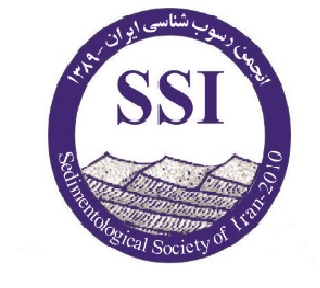Petrology and geochemistry of the Tutak magmatic-metemorphic complex and genesis of Anbarkuh iron ore deposit, Fars province
Subject Areas :
Keywords: Fe-Anbarkuh Tutak complex Geochemistry Fluid inclusion Skarn.,
Abstract :
Anbarkuh iron ore deposit is located near the Tutak complex 80 km East of the Safashahr and East of Fars province.This complex is a part of the southern Sanandaj-Sirjan zone. Tutak complex consists of: black mica schist, marble units and granite – gneiss. On the basis of geochemical studies, chemical composition of intrusive rocks are monzogranite, granodiorite and granite. Nature of magma is calc-alkaline and tectonic setting of magmatic – metamorphic Tutak complex is subduction (VAG). On the basis of field, petrography and geochemical studies, Tutak granite is S-type. Result of major, trace and REE elements indicated a genetic relationship between intrusion and metamorphic rocks. Fe-mineralization occurs as lense and vein in the carbonate and especially marbel unites and located near few kilometers of granite mass and gneiss. Mineralogically, the following association could be seen in the Fe-Anbarkuh ore: Hematite, magnetite, calcite, phlogopite, garnet, pyroxene and epidote. Fluid inclusion studies indicated that almost all the fluid inclusions are primary in genesis and two phases vapor-liquid. Thermometry of fluid inclusion, have been shown the average of homogenization temperature is 2600c and salinity is 18.5 wt% aq NaCl, also boiling evidences could be seen in the mineralized fluid. Fluid inclusion density ranges 0.8 to 1.0. Generally on the basis of field, petrographic and geochemical data, Fe- Anbarkuh deposit is formed in the retrograde skarn stage.
